Comprehensive Overview: ABSN, ADN, and BSN Nursing Programs
VerifiedAdded on 2022/10/17
|6
|1186
|14
Presentation
AI Summary
This assignment is a PowerPoint presentation comparing three pre-licensure nursing programs: ABSN (Accelerated Bachelor of Science in Nursing), ADN (Associate Degree in Nursing), and BSN (Bachelor of Science in Nursing). The presentation covers various aspects of each program, including common courses, clinical components, credit hours, accreditation, program costs and length, classroom structure, completion and retention rates, NCLEX pass rates, admission requirements, faculty credentials, and salary expectations. It also analyzes the advantages and disadvantages of each program, explores career prospects, and assesses adherence to AACN (American Association of Colleges of Nursing) Essentials and other nursing standards. The presentation includes an evaluation of each program's relevance to current trends in nursing education, supported by research and multimedia graphics. The accompanying Word document provides a detailed narration for each slide, explaining the content comprehensively. The document also provides a comprehensive analytic evaluation of each program and its relevance to contextual trends.
1 out of 6
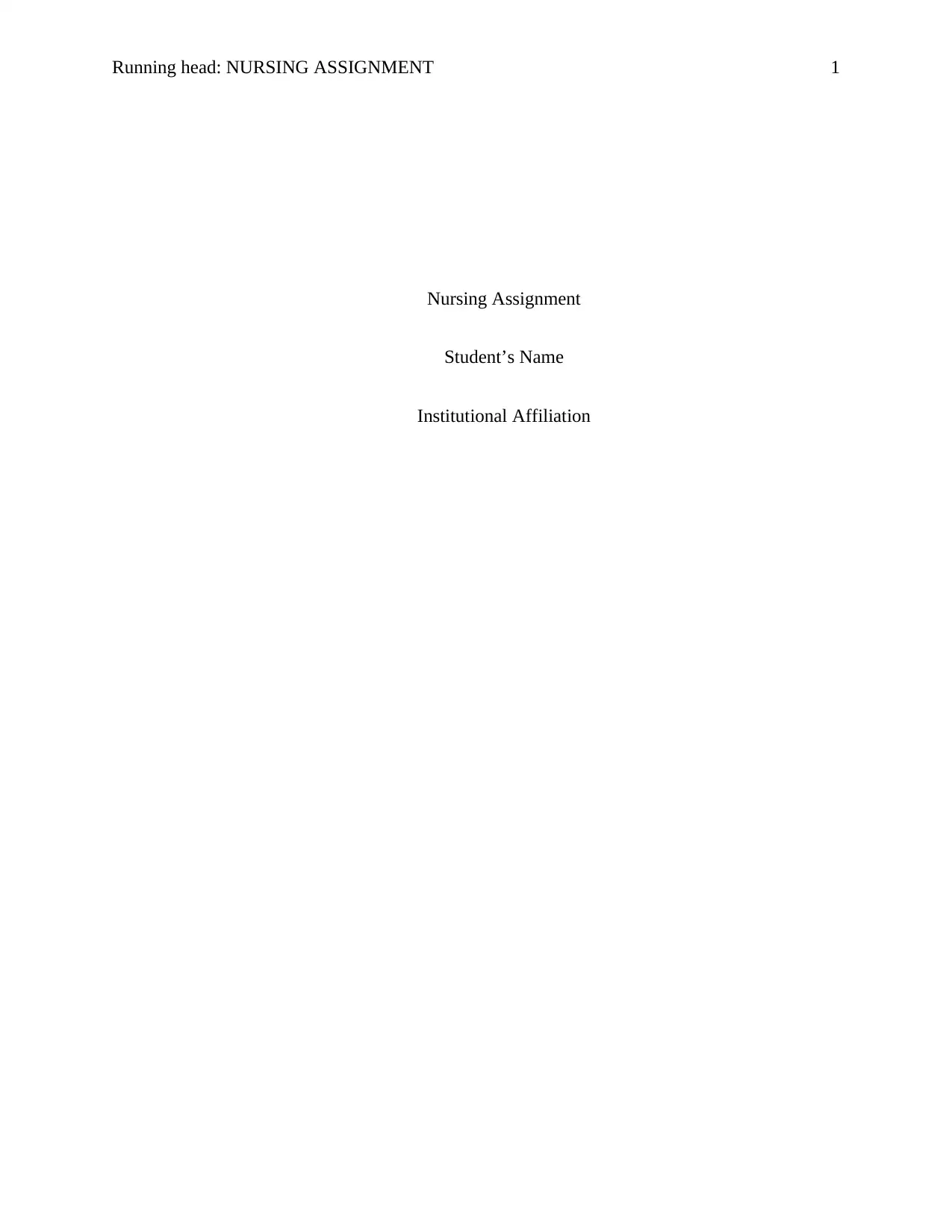
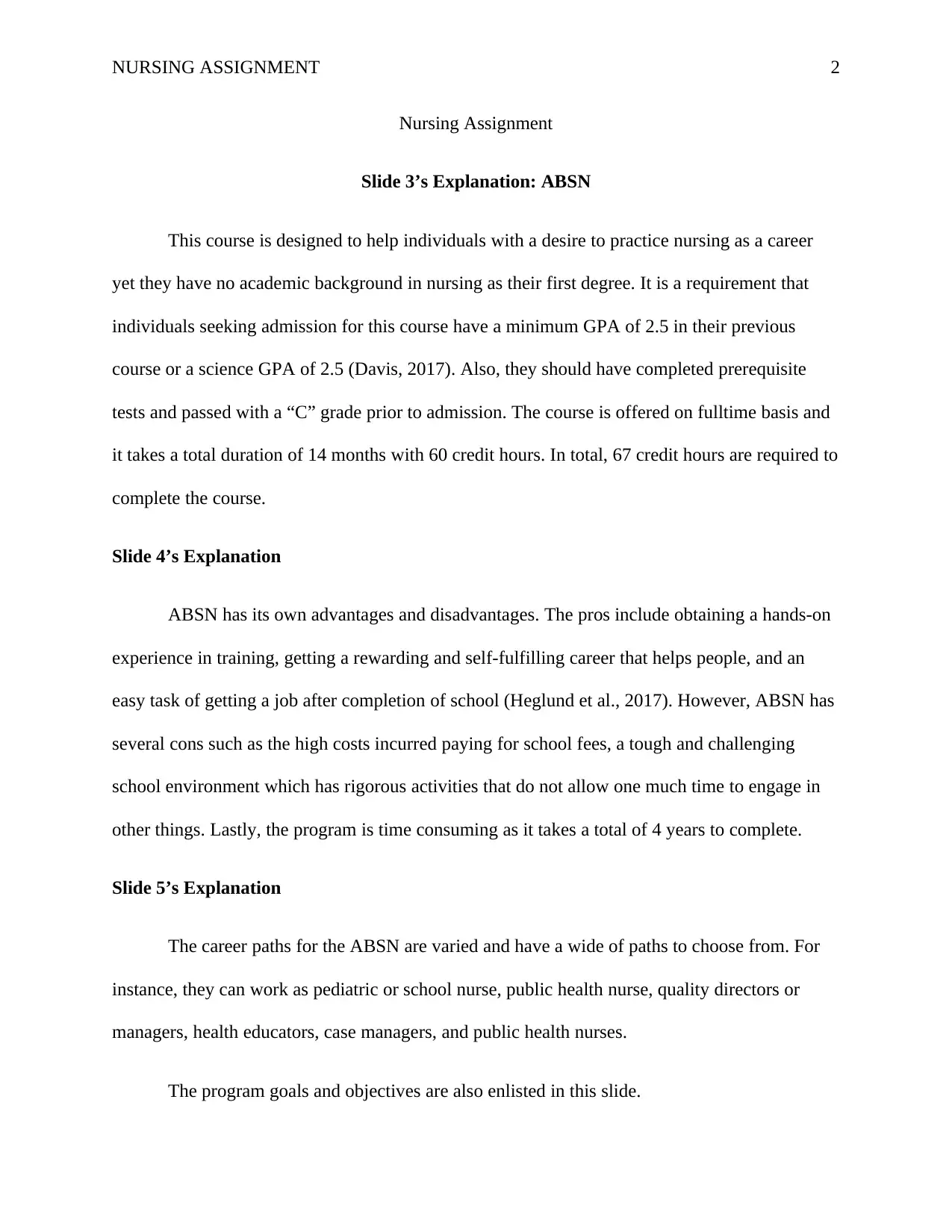
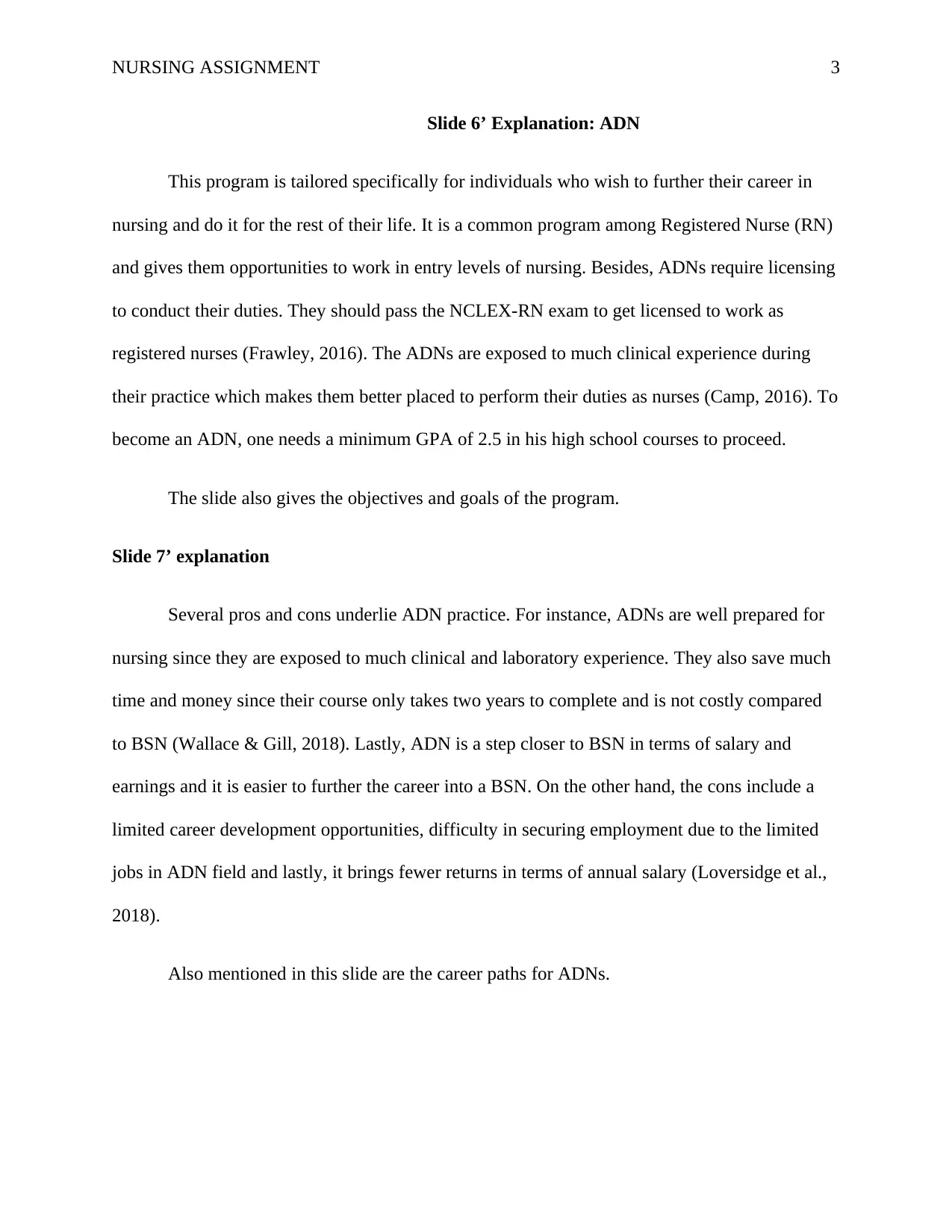

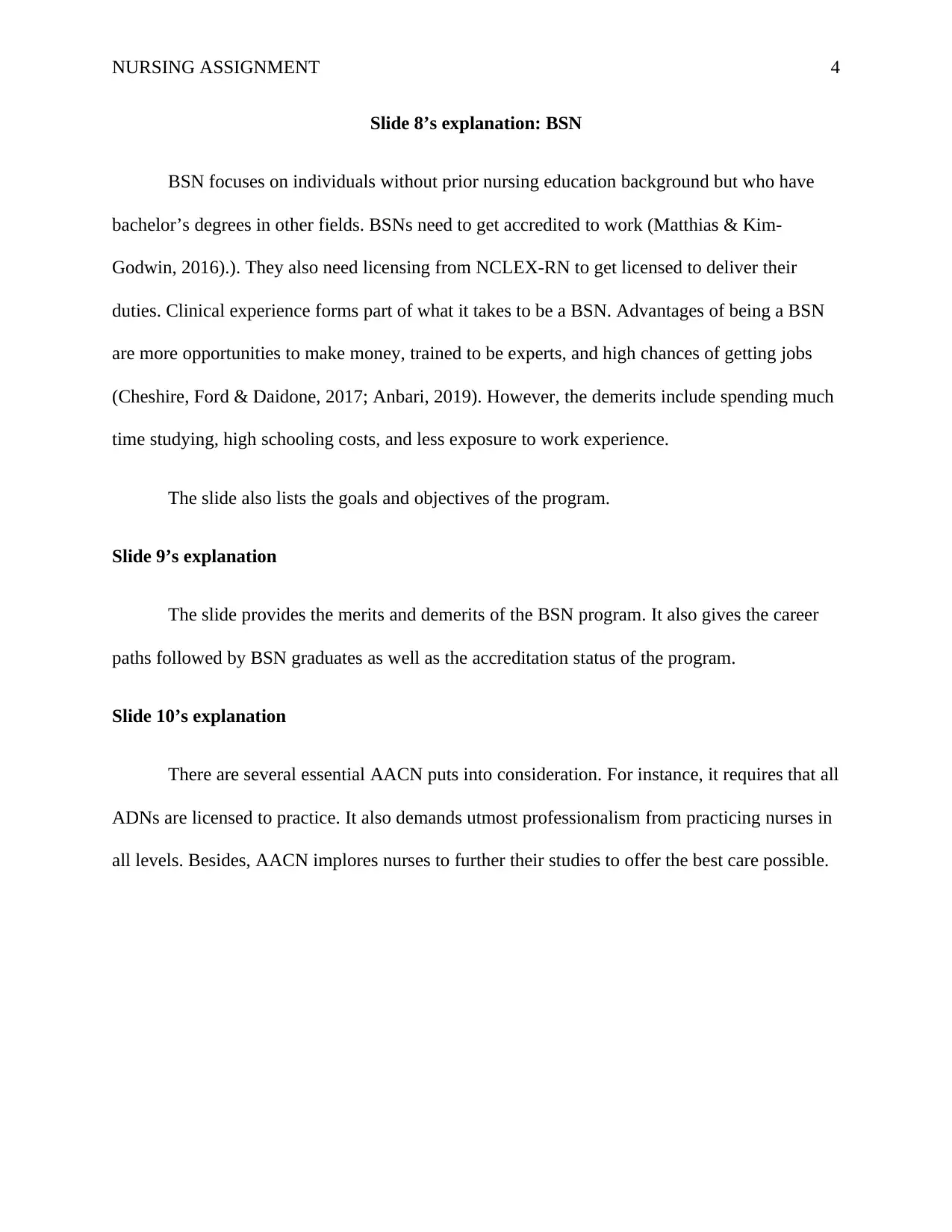
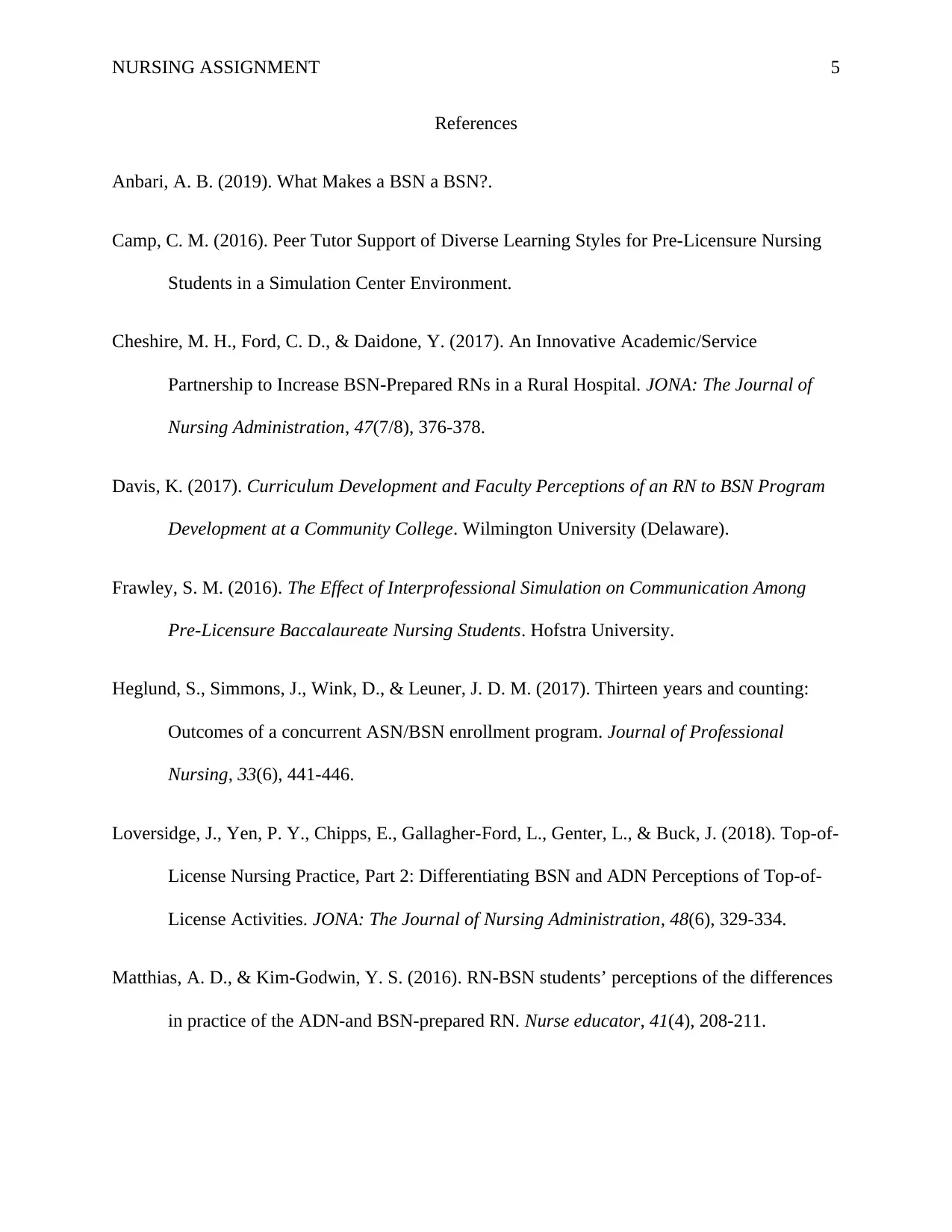
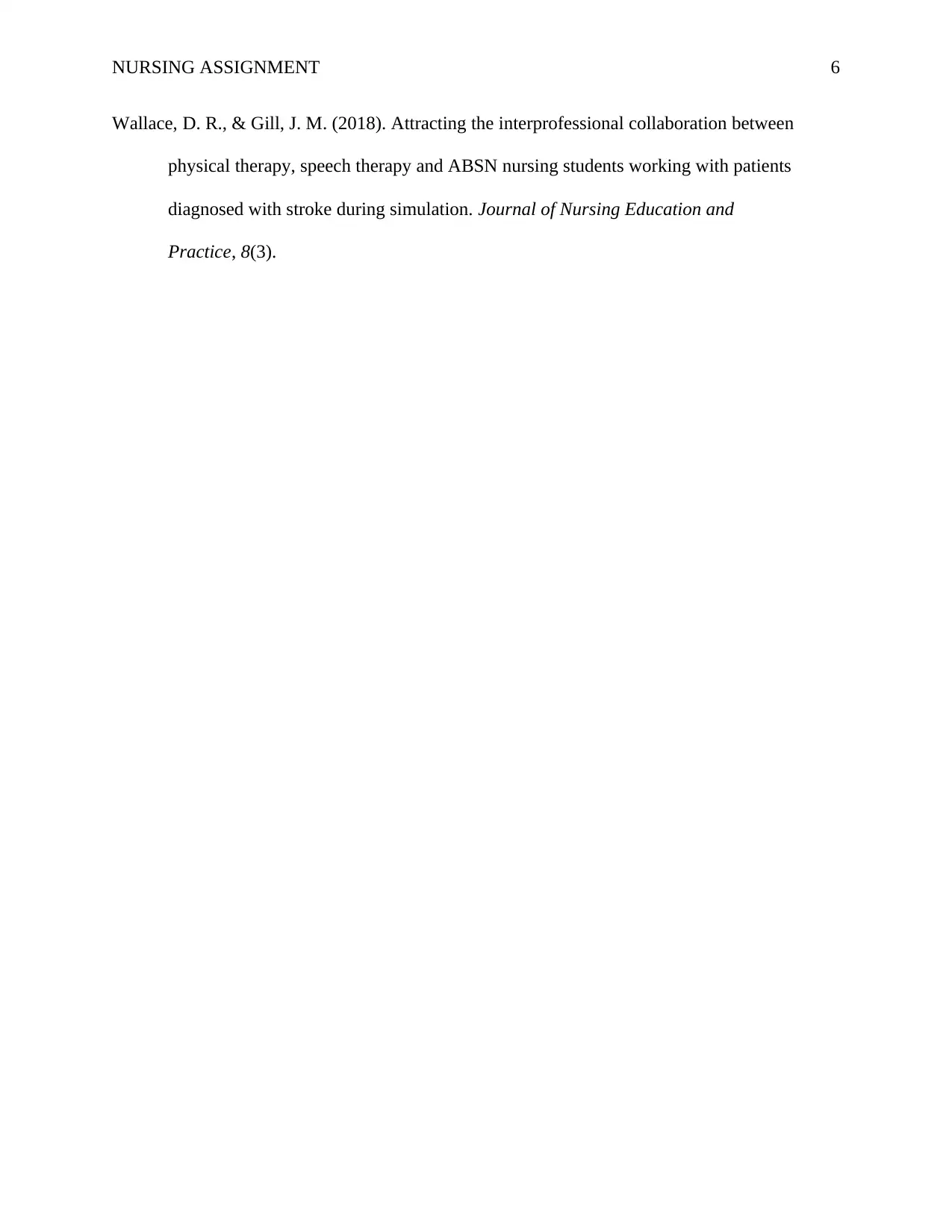
![[object Object]](/_next/static/media/star-bottom.7253800d.svg)